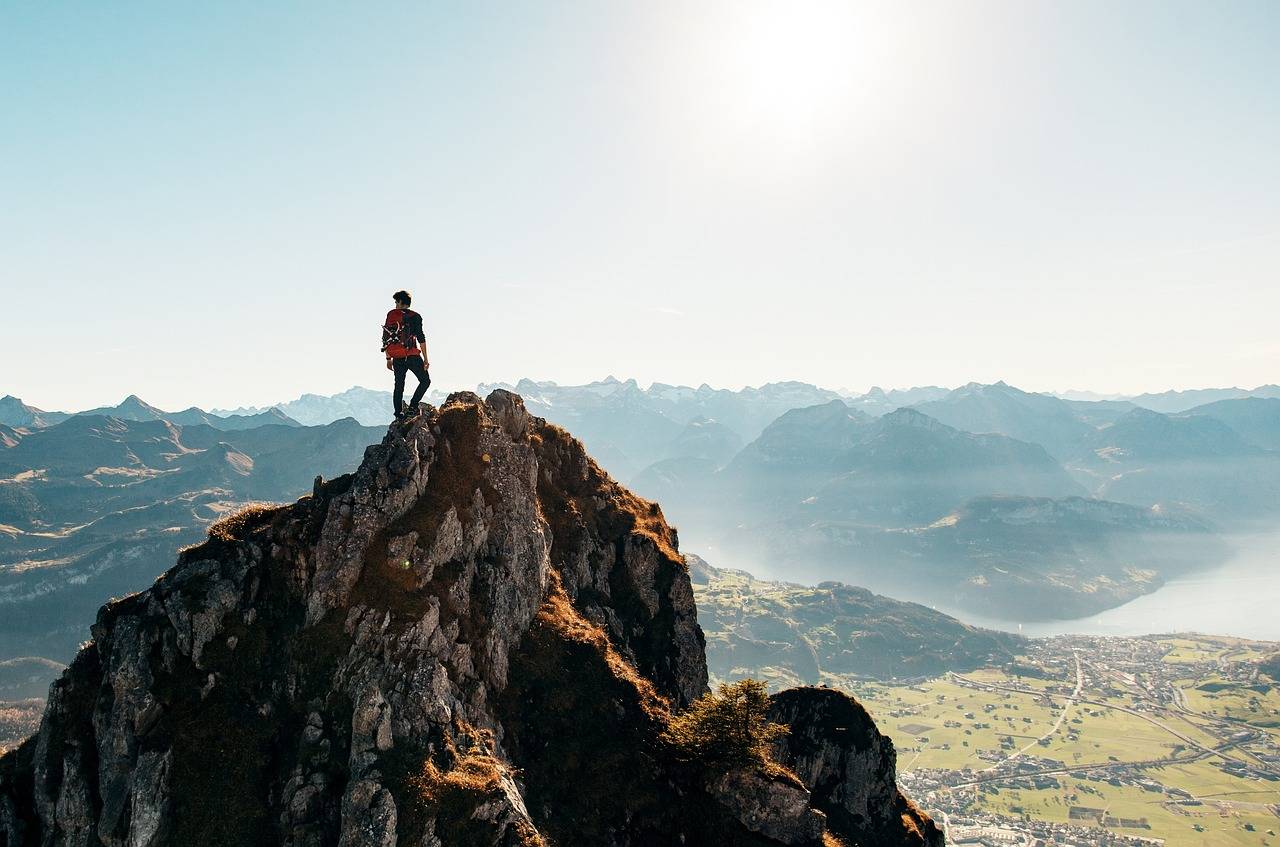With the summer drawing to a close and the weather starting to cool, many people are going to be spending more time outdoors. One of the best late summer and early autumn exercise activities is hiking. A good long hike will help you get closer with nature while also helping you burn calories and strengthen muscle.
However, there are some dangers and risks that come with hiking, such as causing muscle and joint pain. In this article, we’ll go over these risks, as well as some health and safety tips. We’re also going to offer some all natural solutions for healing pain and ensuring a strong, healthy body!
[If you’ve suffered an injury, such as a pulled muscle, while hiking, consider trying an all natural injury treatment kit.]
1. Hiking is great exercise but tough on the joints
Hiking can be a great exercise, helping you to strengthen your leg and core muscles. However, hiking can be tough on your muscles and joints, and your knees in particular.
Solution: First, if you have sore or weak knees, consider skipping intense hiking courses.
Second, make sure you have a good pair of shoes, as these are important for providing support for your muscles and joints.
Third, if your knees or other joints are sore, try an extra strength natural pain relief cream.
2. Be mindful of the sun
As the weather cools, it can be tempting to forget all about the sun. What damage can the such cause to your skin when it’s so cool out? Actually, quite a bit. Sun can even cause damage if you’re spending a lot of time in semi-shaded areas.
In fact, it can be very easy to catch a sunburn in semi-shaded areas because you’re often taking less protective measures. The sun can cause permanent damage to your skin, so you need to take care of it. Fortunately, there are many solutions, including natural skin care treatments.
Solutions: First, it’s vital to wear sun screen if you’ll be exposed to the sun for prolonged periods.
Second, if your skin feels a bit “baked” after your hike, or otherwise dried out, or conversely greasy from sweat, use all natural moisturizers and cleansing creams.
3. Bring Plenty of Water
One of the most common problems people encounter while hiking is dehydration. This is true not just for hiking in dry areas, like deserts, but even in lush forests.
Even when you’re spending a lot of time in the shade, or resting at way points, dehydration is a real risk. Bringing a lone water bottle simply often isn’t enough. Make sure you’re prepared.
Solution: Carry plenty of water or sports drinks with electrolytes. Make sure you drink frequently.


Leave A Comment